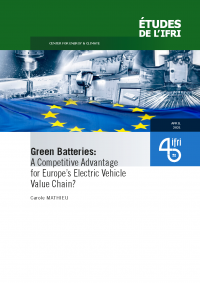Yih-Jye Hwang, Apr 13 2021
This article is based on insights from ‘Reappraising the Chinese School of International Relations: A Postcolonial Perspective’. Review of International Studies (2021).
As early as 1977 Stanley Hoffmann claimed that International Relations (IR) is an American social science (Hoffmann 1977), and according to Ann Tickner (2013), little has changed since then. Mainstream IR scholars perceive different regions of the world as test cases for their theories rather than as sources of theory in themselves. Thereby, the “non-West” became a domain that IR theorists perceived as backward; a domain which requires instruction in order to reach the “end of history” that Western modernity encapsulates (Fukuyama 1992). The phenomenon of American-centrism is closely related to the experience of the United States as a world hegemonic power after World War II. Although US hegemony has often been challenged by other countries in the world, its hegemonic status has never been replaced. Even if other countries looked like they would surpass the US at certain times (the Soviet Union in the 1970s, and Japan in the 1980s), they actually did not have the global, sustainable and all-round appeal of the American model. Therefore, American hegemony in the contemporary world not only enjoys technological, economic, and political superiority, but is also cultural, ideational and ideological.
However, any great power in history has its rise and fall, and the United States is no exception. The financial crisis in 2008, Brexit, the emergence of populism in Western countries, as well as the rise of non-Western countries, have challenged the current liberal order led by the United States. First of all, the stability of American society itself has been declining in recent years, especially under Trump’s administration. Racial divisions, coupled with other accumulated social and economic problems, have plunged the United States into serious trouble. The COVID-19 pandemic that began in 2020 has weakened the West as a role model for governance and accelerated the transfer of power and influence from the West to the “rest.” In addition, the voice of developing countries and non-Western regions has become stronger in the past few decades as their wealth and power has increased. The combined nominal GDP of the BRICS countries, for instance, accounts for approximately one-quarter of the world’s total GDP. Some scholars have pointed out that the norms, institutions, and value systems promoted internationally by the West are disintegrating. The world is entering a “post-Western era” (Munich Security Report 2017).







